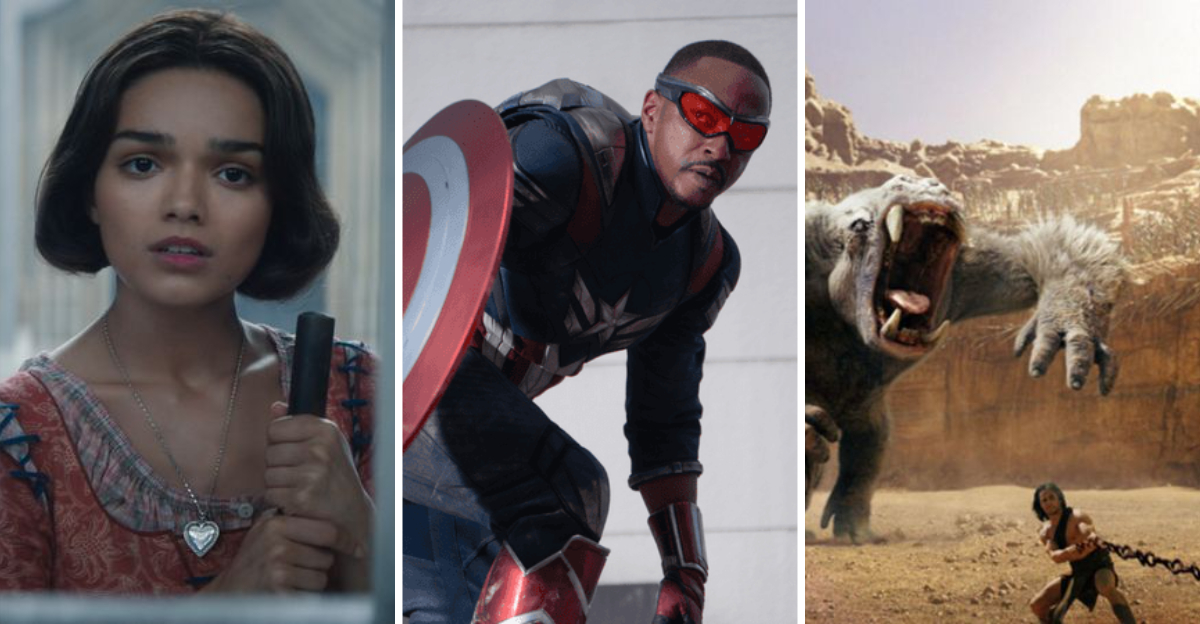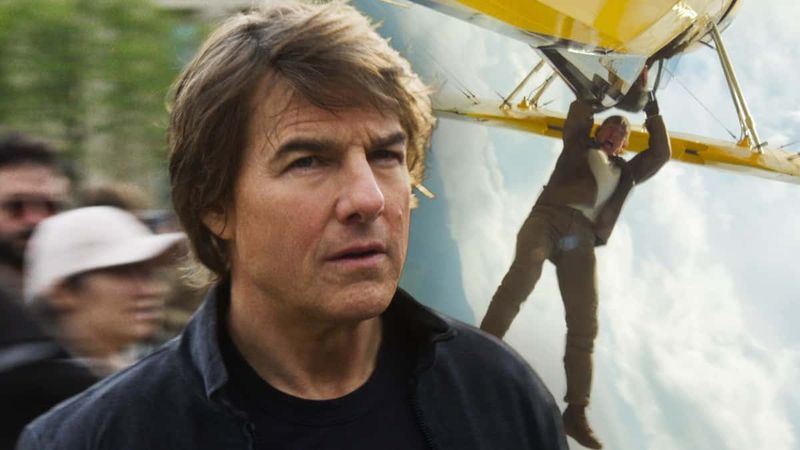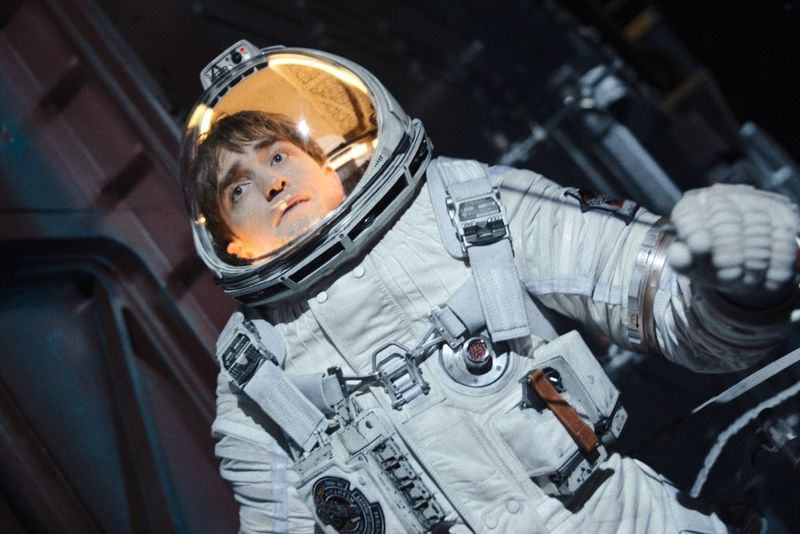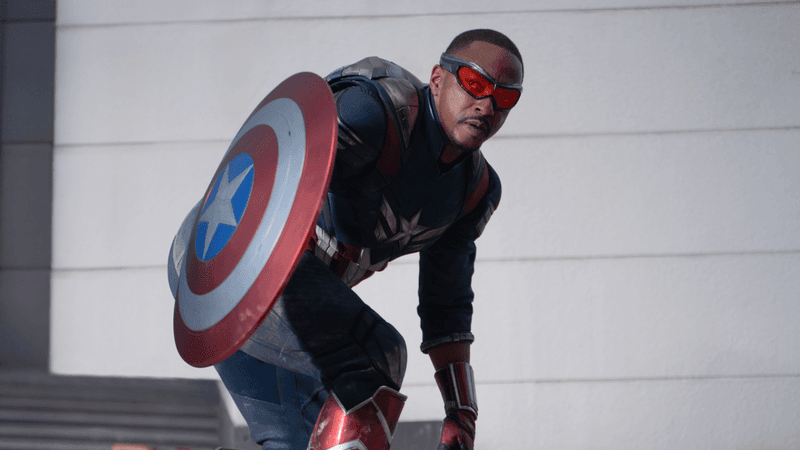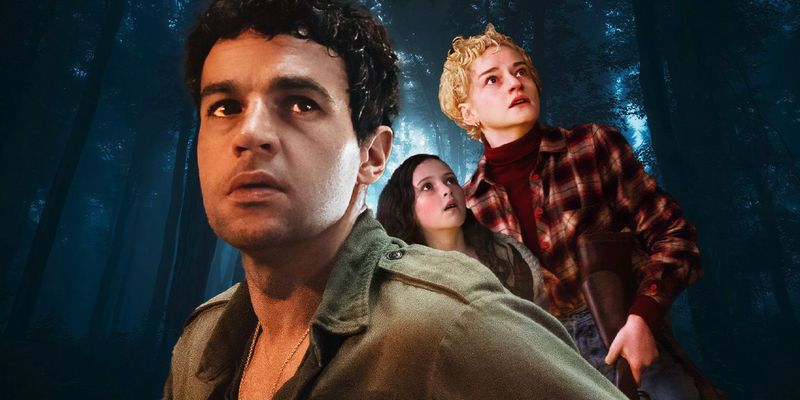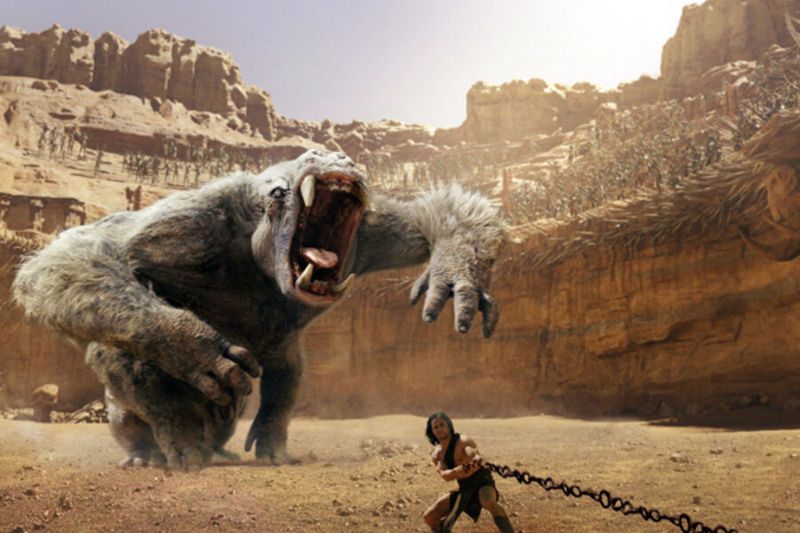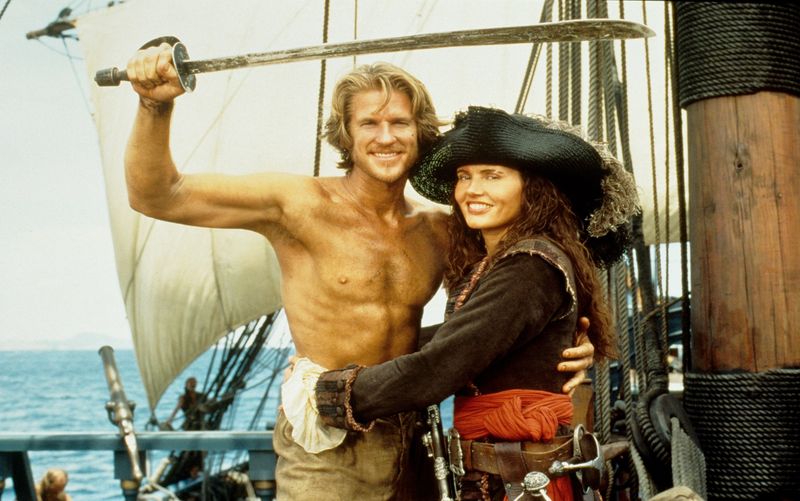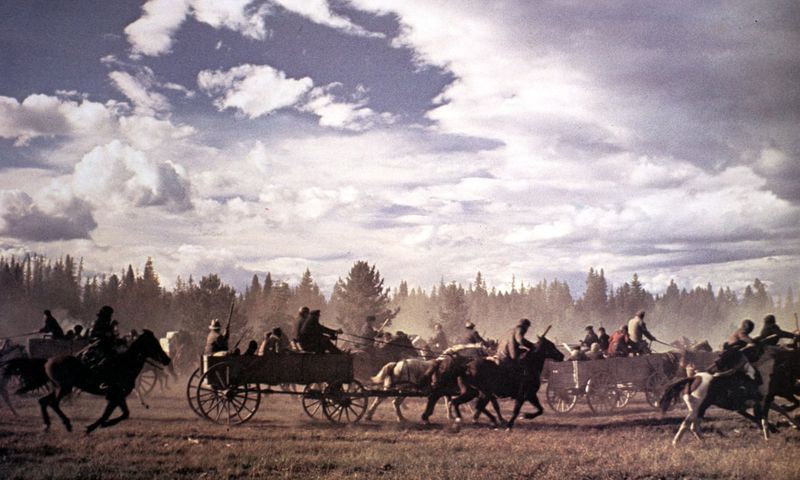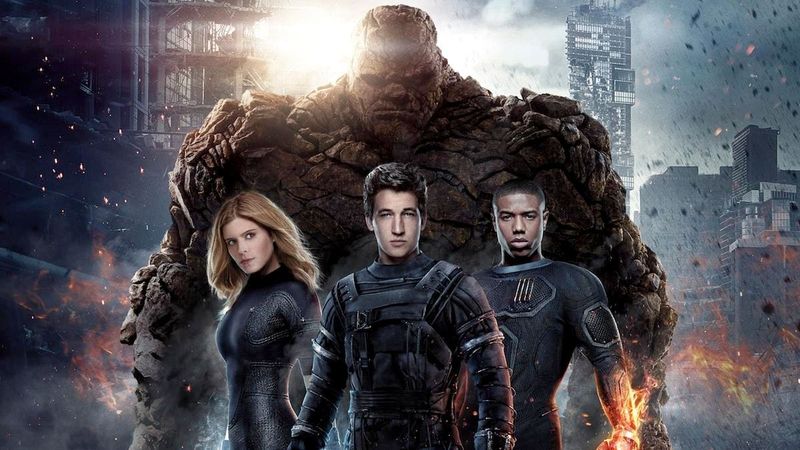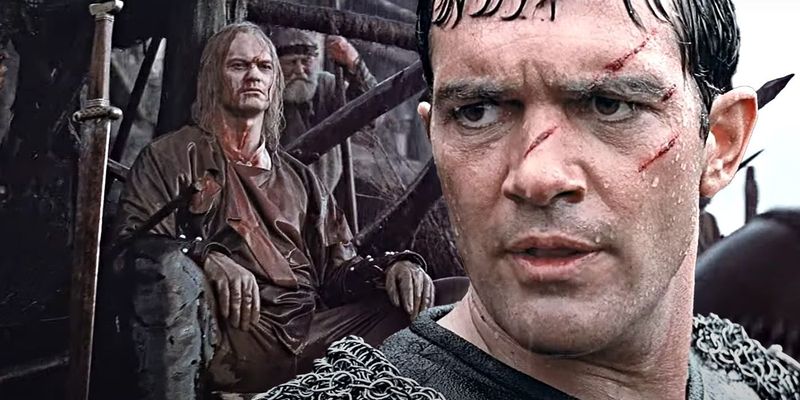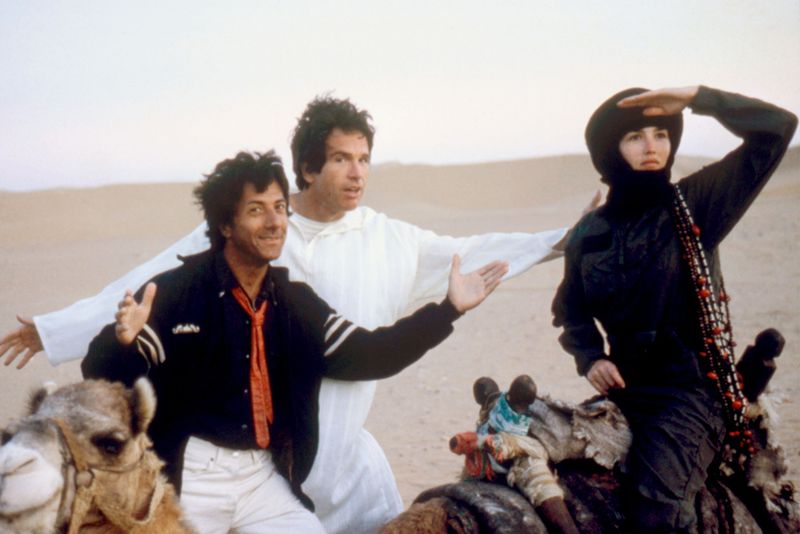Hollywood dreams big, but sometimes those dreams crash spectacularly at the box office. When studios invest hundreds of millions in potential blockbusters, the financial fallout from a flop can reshape entire companies. These legendary box office bombs represent cautionary tales of creative ambition colliding with commercial reality, often changing how movies get made altogether.
1. Snow White (2025): Disney’s Fairy Tale Nightmare
Disney’s expensive live-action remake became a financial disaster despite its beloved source material. The film sparked controversy over casting choices and suffered from a disjointed marketing campaign that failed to generate audience excitement.
Critics panned the movie for its lackluster storytelling and visual effects that somehow managed to look both overproduced and unfinished. With a massive $250 million production budget, the worldwide gross of just $205 million represented one of Disney’s most significant losses in recent history.
Studio executives reportedly blamed the failure on “franchise fatigue” rather than examining deeper creative issues with their live-action remake strategy.
2. Mission: Impossible – The Final Reckoning (2025): Mission Unaccomplished
Tom Cruise’s action franchise finally hit turbulence with this overpriced installment. Production delays caused by the pandemic ballooned the budget to an eye-watering $400 million, creating an almost impossible financial hurdle to clear.
While its $540 million global haul would be impressive for most films, it fell catastrophically short of the $800+ million needed to break even. The movie’s stunts were bigger than ever, but audience enthusiasm wasn’t.
Industry analysts pointed to streaming competition and franchise fatigue as contributing factors, marking a surprising end to what had been one of Hollywood’s most reliable action series.
3. Mickey 17 (2025): Critical Darling, Commercial Disaster
Oscar-winning director Bong Joon-ho’s sci-fi follow-up to “Parasite” demonstrated the painful gap between critical acclaim and commercial success. The intellectually challenging film earned rave reviews but confused mainstream audiences expecting a more accessible experience.
With a production budget of $118 million and marketing costs pushing the total investment much higher, the $131 million global box office resulted in approximately $80 million in losses for Warner Bros. The studio had hoped Bong’s post-Oscar cachet would translate to ticket sales.
Mickey 17 joined the unfortunate club of brilliant films that studios couldn’t figure out how to sell to general audiences.
4. The Alto Knights (2025): De Niro’s Dual Role Debacle
Robert De Niro’s gangster drama featuring the actor in dual roles as rival mob bosses completely missed its target audience. The $45 million production seemed positioned as Oscar bait but landed with a thud, grossing a pitiful $9.5 million worldwide.
Critics lambasted the film as a tired rehash of better mob movies, including De Niro’s own classics. The aging star power wasn’t enough to draw audiences to theaters for what many viewed as an outdated genre exercise.
The film’s marketing campaign confused potential viewers with its unclear premise and tone, leading to nearly empty theaters during its brief theatrical run before being quietly shuffled to streaming platforms.
5. Captain America: Brave New World (2025): Marvel’s Shield Cracks
Marvel’s seemingly unstoppable superhero machine finally showed serious vulnerability with this $180 million misfire. The film’s troubled production included multiple rewrites and reshoots that failed to address fundamental story problems.
Grossing $415 million globally might sound impressive until you factor in the massive marketing costs on top of production expenses, requiring at least $500 million to break even. Fans complained about superhero fatigue and a lack of compelling stakes in a universe that had become too convoluted.
As the lowest-grossing MCU entry in years, the film forced Disney executives to reconsider their release strategy for future Marvel projects.
6. Elio (2025): Pixar’s Cosmic Catastrophe
Pixar’s original space adventure crash-landed with the worst opening in the legendary animation studio’s 30-year history. The film’s $34.9 million global debut against a $150 million budget sent shockwaves through Disney’s executive suites.
Parents and kids alike seemed uninterested in the story of a boy accidentally transported across the galaxy. Critics noted that while technically impressive, the film lacked the emotional resonance that made earlier Pixar classics so beloved.
The failure raised serious questions about whether original animated features could still succeed in theaters or if audiences now expected them on streaming services instead.
7. Wolf Man (2025): Blumhouse’s Monster Misfire
Blumhouse Productions’ attempt to resurrect Universal’s classic monster franchise with a modest $25 million budget seemed like a safe bet. Horror films typically need smaller box office returns to profit, but Wolf Man’s anemic $35 million worldwide gross still spelled disaster.
Audiences rejected the film’s confused tone that couldn’t decide between serious horror and campy fun. Critics savaged its derivative plot and lackluster transformation sequences that paled compared to practical effects from decades earlier.
The failure effectively killed Universal’s latest attempt to create a cohesive monster universe, with several planned follow-up films quietly canceled after Wolf Man’s disastrous performance.
8. John Carter (2012): Mars Adventure, Earth Disaster
Disney’s adaptation of Edgar Rice Burroughs’ century-old sci-fi novels became one of Hollywood’s most notorious financial catastrophes. The film’s $250 million budget ballooned during production, with another $100 million spent on marketing a property few modern audiences recognized.
The global gross of $284 million sounds substantial until you realize Disney needed over $600 million just to break even. A confusing marketing campaign that dropped “of Mars” from the title left potential viewers clueless about the film’s premise.
The studio took a staggering $200 million write-down, leading to executive departures and a complete overhaul of Disney’s live-action strategy.
9. The Lone Ranger (2013): Hi-Yo Silver, Goodbye Profits
Disney’s attempt to transform another classic character into a Pirates of the Caribbean-style franchise spectacularly backfired. The troubled production saw its budget spiral to $225 million after delays and extensive reshoots.
Johnny Depp’s quirky performance as Tonto drew criticism for cultural insensitivity, while the film’s bloated 149-minute runtime tested audience patience. The worldwide gross of $260 million meant Disney lost approximately $190 million when marketing costs were included.
Studio chairman Alan Horn later admitted they’d made a fundamental error: “Our mistake was that we made a Western for $250 million. You shouldn’t do that.”
10. Cutthroat Island (1995): The Pirate Film That Sank A Studio
Before Pirates of the Caribbean made swashbuckling profitable, this notorious disaster effectively killed the pirate genre for years. Star Geena Davis and then-husband director Renny Harlin created a perfect storm of production problems, casting changes, and script issues.
The $98 million budget (equivalent to about $180 million today) resulted in a catastrophic worldwide gross of just $18 million. The film’s failure was so complete that it bankrupted Carolco Pictures, an independent studio that had previously produced hits like Terminator 2 and Basic Instinct.
Guinness World Records recognized it as the biggest box office flop of all time relative to its budget.
11. Heaven’s Gate (1980): The Western That Changed Hollywood Forever
Director Michael Cimino’s epic Western became synonymous with directorial excess and studio folly. Fresh off his Oscar win for The Deer Hunter, Cimino received unprecedented creative control, which he used to create a perfectionist nightmare that went five times over budget.
The original $7.5 million budget ballooned to $44 million (approximately $170 million today), while the film grossed just $3.5 million. The catastrophic failure nearly bankrupted United Artists studio and ended the director-driven “New Hollywood” era of the 1970s.
Studios subsequently implemented much stricter budget controls and oversight, fundamentally changing how films were made.
12. Mars Needs Moms (2011): Animation’s Uncanny Valley of Debt
This motion-capture animated film terrified children with its creepy almost-human characters and terrified Disney executives with its financial performance. The Robert Zemeckis-produced film cost a staggering $150 million but earned just $39 million worldwide.
Critics and audiences alike were repulsed by the unsettling animation style that fell deep into the “uncanny valley” – looking neither convincingly human nor appealingly cartoonish. The film’s failure was so complete that Disney immediately canceled Zemeckis’s planned Yellow Submarine remake and closed his motion-capture studio.
Disney took a $100+ million write-down, making it one of the biggest animation failures in history.
13. Fant4stic (2015): Superhero Film, Supervillain Results
Fox’s attempt to reboot Marvel’s first family became a legendary disaster both creatively and financially. Director Josh Trank publicly disowned the film before its release, blaming studio interference for ruining his vision.
The troubled production’s extensive reshoots were obvious to viewers, with noticeable continuity errors including an actress’s clearly fake wig. The $120 million film grossed just $168 million worldwide, far below the $300+ million needed when accounting for marketing expenses.
The catastrophic failure accelerated Fox’s decision to sell its film division to Disney, returning the Fantastic Four rights to Marvel Studios after one of the most embarrassing superhero adaptations ever made.
14. The 13th Warrior (1999): Medieval Epic, Modern Financial Disaster
This Antonio Banderas Viking adventure adapted from Michael Crichton’s novel “Eaters of the Dead” became one of Hollywood’s most expensive failures. The troubled production saw original director John McTiernan replaced by Crichton himself for extensive reshoots.
The budget exploded to $160 million (approximately $300 million today) while grossing just $61 million worldwide. The film’s confusing marketing left audiences unsure if they were watching a historical epic or a horror movie.
The financial bloodbath contributed to Disney’s eventual decision to drastically scale back its Touchstone Pictures division, with the studio taking a reported $70-130 million loss.
15. Ishtar (1987): The Punchline That Bankrupted Columbia
Hollywood legends Warren Beatty and Dustin Hoffman starred in this notorious comedy about terrible lounge singers caught in a Middle Eastern political conspiracy. The production became infamous for its ballooning budget, which reached $55 million (equivalent to about $150 million today).
Director Elaine May’s perfectionism led to endless retakes, including reportedly shooting over 50 takes of a vulture walking across sand. The film grossed just $14 million, becoming synonymous with Hollywood hubris and excess.
Columbia Pictures’ parent company sold the studio to Sony shortly after this disaster, with executives citing Ishtar as a prime example of unchecked spending and creative indulgence.
